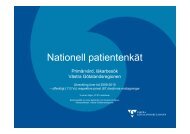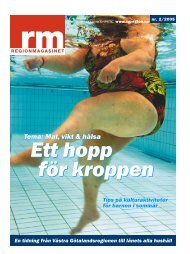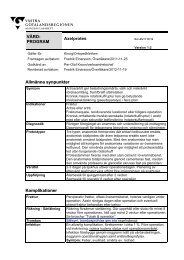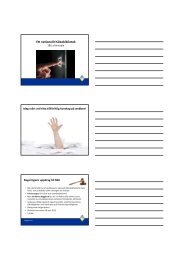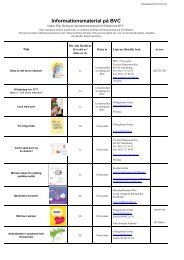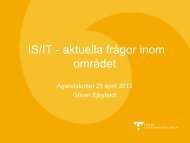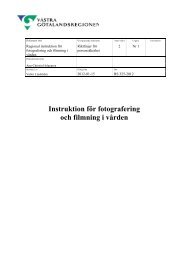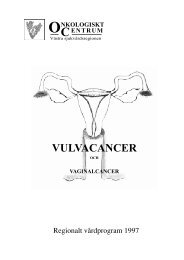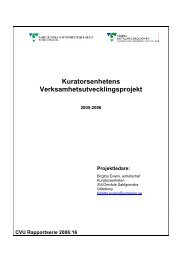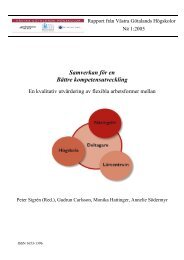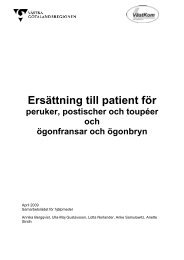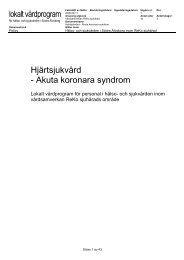FOURTEENTH ANNUAL EUROPEAN PRESSURE ULCER ...
FOURTEENTH ANNUAL EUROPEAN PRESSURE ULCER ...
FOURTEENTH ANNUAL EUROPEAN PRESSURE ULCER ...
You also want an ePaper? Increase the reach of your titles
YUMPU automatically turns print PDFs into web optimized ePapers that Google loves.
Thursday September 1st<br />
Proceedings of the 14th Annual European Pressure Ulcer Meeting<br />
Oporto, Portugal<br />
Energy expenditure and balance in pressure ulcer patients: a systematic review<br />
and meta-analysis of observational studies<br />
Emanuele Cereda 1* , Catherine Klersy 2 , Mariangela Rondanelli, 3 Riccardo Caccialanza 1<br />
1* Servizio di Dietetica e Nutrizione Clinica, Fondazione IRCCS Policlinico San Matteo, Pavia, Italy,<br />
e.cereda@smatteo.pv.it<br />
2 Servizio di Biometria ed Epidemiologia Clinica, Fondazione IRCCS Policlinico San Matteo, Pavia, Italy<br />
3 Ambulatorio di Dietologia, Dipartimento di Scienze Sanitarie Applicate e Psicocomportamentali, Sezione<br />
di Nutrizione, Azienda di Servizi alla Persona di Pavia, Università degli Studi di Pavia, Pavia, Italy<br />
Introduction<br />
Nutritional treatment is reported to contribute to wound<br />
healing [1,2] and current guidelines recommend<br />
prescribing an energy intake of 30-35 Kcal/kg/day.<br />
However, such advice is based on expert consensus,<br />
rather than rigorous methodological approach.<br />
Moreover, the effectiveness of interventions requires<br />
an accurate estimation of individual energy needs<br />
which in turn rely on accurate methods of assessment.<br />
The primary aims of this systematic review and metaanalysis<br />
were to evaluate 1) the resting energy<br />
expenditure (REE) of pressure ulcer (PU) patients<br />
compared to matched controls and 2) the potential<br />
estimation bias of REE predictive equations and 3) to<br />
estimate the recommendable daily requirements in<br />
PUs. The energy balance of PU patients (daily energy<br />
requirements vs calorie intake) was also considered.<br />
Methods<br />
All-language original full-text research articles,<br />
published between 1 January 1950 and 31 July 2010<br />
were searched through electronic databases. Relevant<br />
studies were also identified by citations reviewing.<br />
Only studies providing data on measured REE were<br />
initially included. Data extracted were: measured REE,<br />
predicted REE and daily calorie intake.<br />
Fig. 1: Flow diagram of systematic review of literature.<br />
88<br />
Results<br />
Five studies were included in the meta-analysis. PU<br />
patients (n=92) presented higher measured REE than<br />
controls (n=101) and predicted REE (by Harris-<br />
Benedict formula in all the studies). In PU patients<br />
(n=78) energy intake was also significantly lower than<br />
total daily requirements that it were computed being<br />
29.9±2.8 kcal/kg/day (median, 30.6 [25th-75th<br />
percentile, 26.1-32.5]).<br />
Discussion<br />
PU patients are characterized by increased REE. In<br />
the estimation of REE by Harris-Benedict formula a<br />
correction factor (x 1.1) should be considered. A<br />
calorie intake of 30 Kcal/kg/day seems appropriate to<br />
cover daily requirements. The monitoring of energy<br />
intake in such patients is recommended also toward<br />
the potential necessity to plan guideline-based<br />
nutritional interventions.<br />
Clinical relevance<br />
As suggested by current international guidelines a<br />
calorie intake of 30 Kcal/kg/day seems appropriate to<br />
cover the daily requirements of PU patients. Given the<br />
positive effect of nutritional support on the healing<br />
process, the monitoring of energy intake and the timely<br />
planning of appropriate guideline-based nutritional<br />
interventions to cover energy needs is advisable.<br />
Acknowledgements<br />
We wish to thank Professor Patrick Ritz (Toulouse<br />
University Hospital, France) for kindly providing us all<br />
the original data necessary to complete the study.<br />
Funding: The study was supported by the Fondazione<br />
IRCCS Policlinico San Matteo and by an Investigator<br />
Grant from Nutricia (to EC).<br />
Conflict of Interest<br />
None to be reported<br />
References<br />
[1] Cereda. et al., J. Am. Geriatr. Soc. 57:1395-402,<br />
2009<br />
[2] National Pressure Ulcer Advisory Panel (NPUAP)<br />
and European Pressure Ulcer Advisory Panel<br />
(EPUAP). Prevention and treatment of pressure<br />
ulcers: clinical practice guideline. Washington, DC:<br />
National Pressure Ulcer Advisory Panel; 2009<br />
Copyright © 2010 by EPUAP



